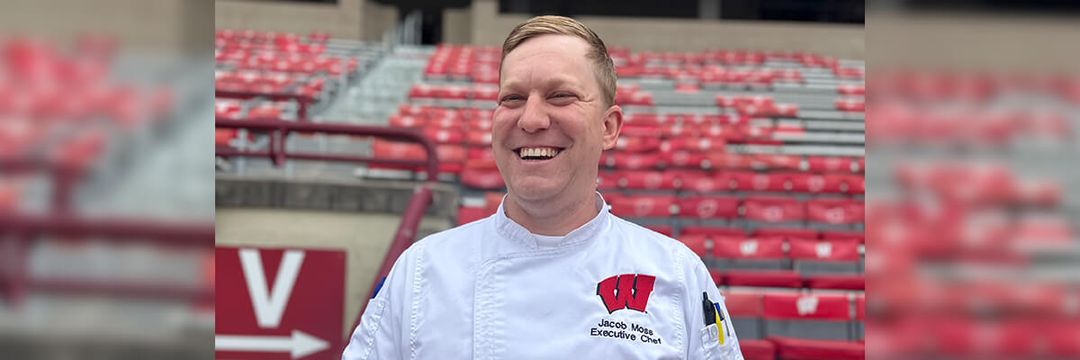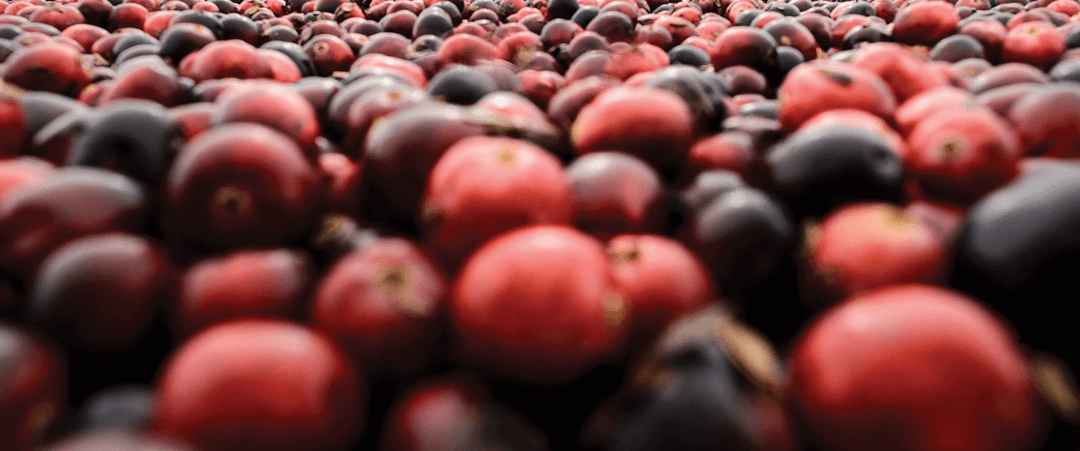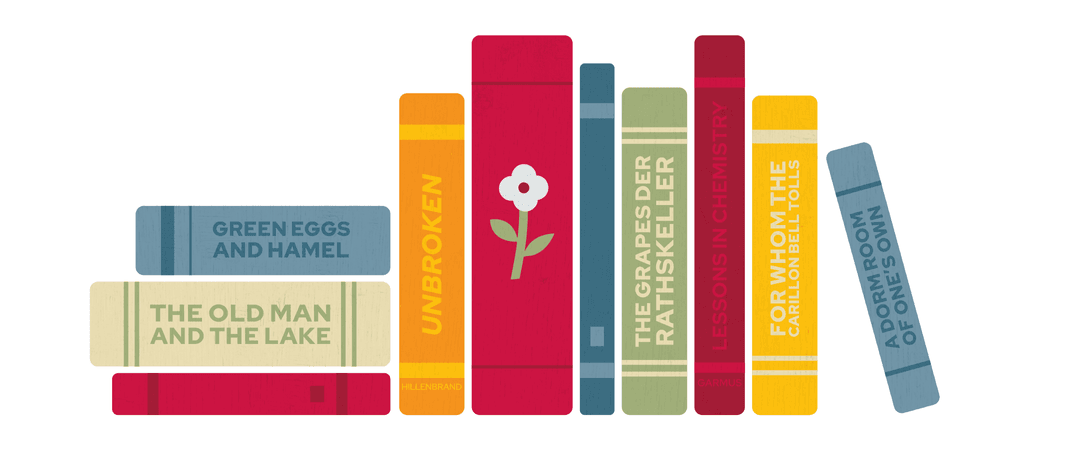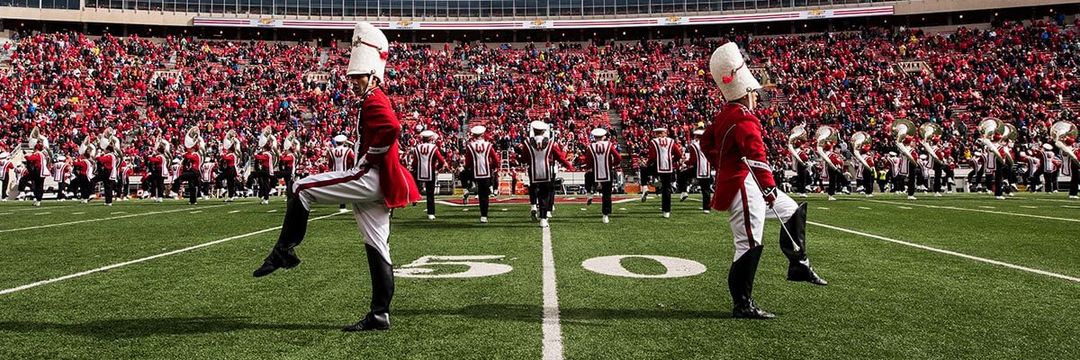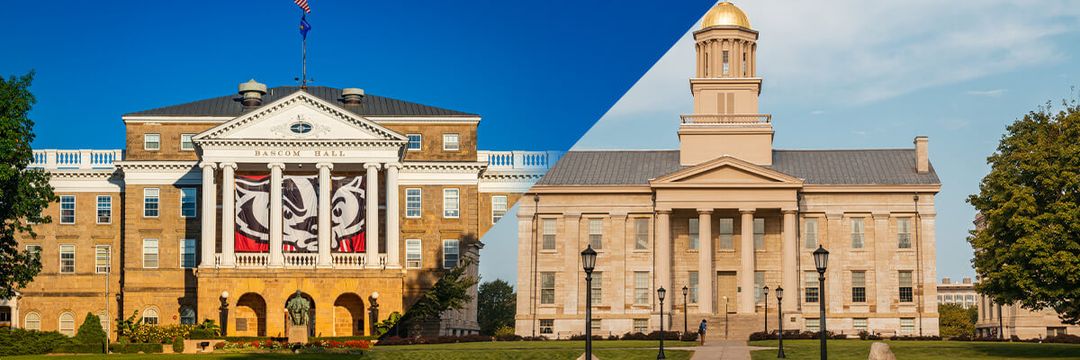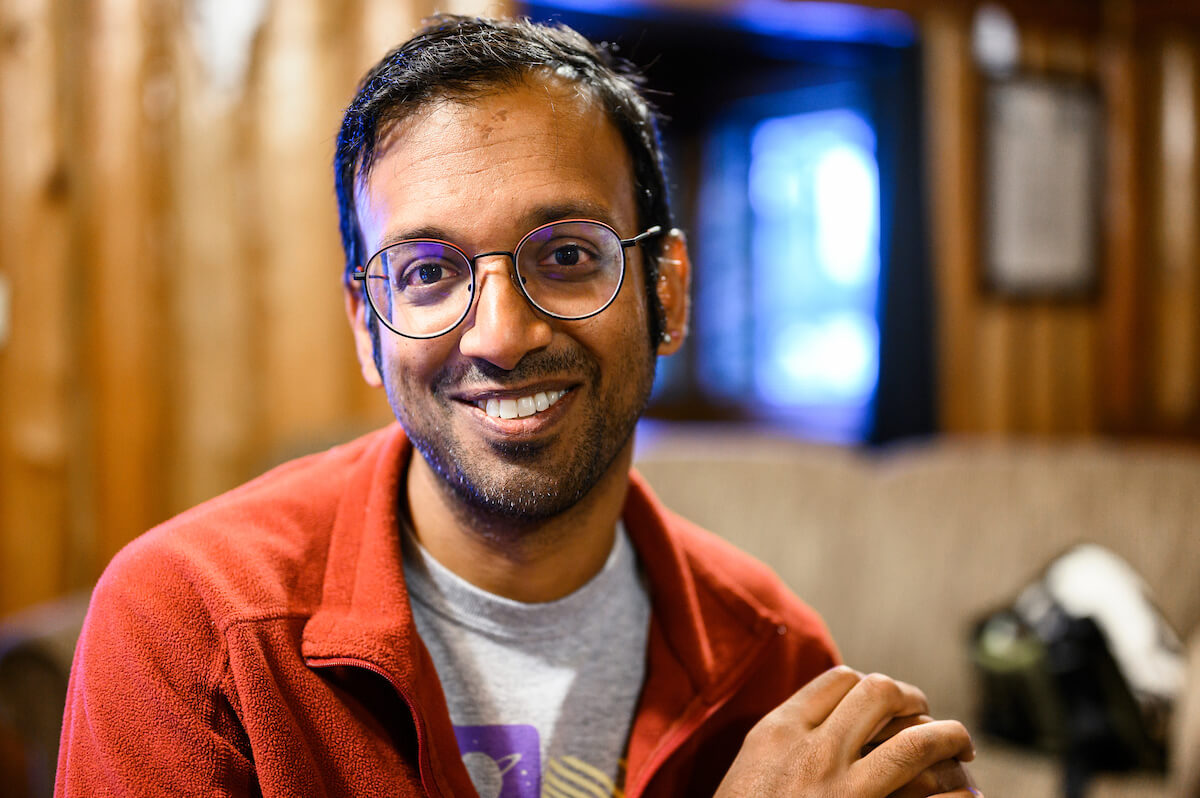
Ankur Desi
Reid Bryson Chair for Climate, People, and Environment: Nelson Institute for Environmental Studies
Professor and Chair: Department of Atmospheric and Oceanic Sciences
More than most professors, Ankur Desai spends a lot of time considering what conditions are like on scales that are both minuscule and massive: how the individual affects the world’s climate, and how the climate affects the way things feel for an individual person. Desai runs the UW’s Ecometeorology Lab, which “studies how organisms and abiotic features in terrestrial and aquatic ecosystems influence and are influenced by climate and weather and how those effects change as you scale from plot to landscape to globe.” In other words, he studies the climate, and he studies micrometeorology (weather conditions on a scale so people only indirectly experience them).
“These smallest scales of motion that matter for atmospheres and weather and stuff are about a millimeter and about a millisecond in time,” he says.
Desai’s research team operates CHEESEHEAD19, which is short for the Chequamegon Heterogeneous Ecosystem Energy-balance Study Enabled by a High-density Extensive Array of Detectors, a series of 19 climate-monitoring stations in northern Wisconsin. CHEESEHEAD19 aims to improve our understanding of how large-scale motion in the atmosphere affects surface-level weather at different spots. It requires collecting and processing a lot of data, so that he and fellow climate scientists can discern how small changes lead to big effects.
“One of the biggest uses of super-computing in the United States is weather forecasting and climate detection,” he says, adding that “what’s known as chaos theory really came about in meteorology.”
Desai teaches several courses, including undergraduate classes such as AOS 171 Global Change and Atmospheric Issues, and graduate-level classes such as AOS 773 Boundary Layers, Micrometeorology, and Turbulence.
My assigned textbooks Include:
- For AOS 773: An Introduction to Boundary Layer Meteorology by Roland Stull
- For AOS 171: None
“There isn’t one great textbook for [AOS 171] yet. What I really like students to do is to integrate both popular media and scientific assessment reports. We rely on things like the Intergovernmental Panel on Climate Change reports, the federal National Climate Assessments. We compare those to things that are written in everything from the Wall Street Journal to YouTube.”
In my spare time, I read:
“I’m a sucker for paper magazines,” Desai says. “I might be the generation that is kind of toward the tail end of that, and thankfully we have middle schoolers who sell those magazine subscriptions as fundraisers.” He even enjoys MUSE, which is aimed at children. “I just really like how they present science as done by people who come from many different backgrounds, and it doesn’t dumb it down for kids. At the same time, it has that goofy middle-schooler vibe. The people who write it, they remind me of what I was like as a middle schooler.”
The book I read over and over is:
None: “I’m kind of a funny person as I read novels, I love fiction, but I have a hard time reading books multiple times.”
The book everyone should read is:
- Lab Girl by Hope Jahren
- The Overstory by Richard Powers
“[Lab Girl] gets into some really tough discussions about sexism in the academy and issues of power in academic, toxic cultures,” he says. “But it’s a good read. It influenced my daughter. [The Overstory is] a really nice fictionalized account of environmental activism with a really great perspective,” he says. “I bought it for everyone in my lab.”
The best writing for scientists is:
“To be honest, fiction,” he says. Novelists, they live and die on people hanging on their every word.”
